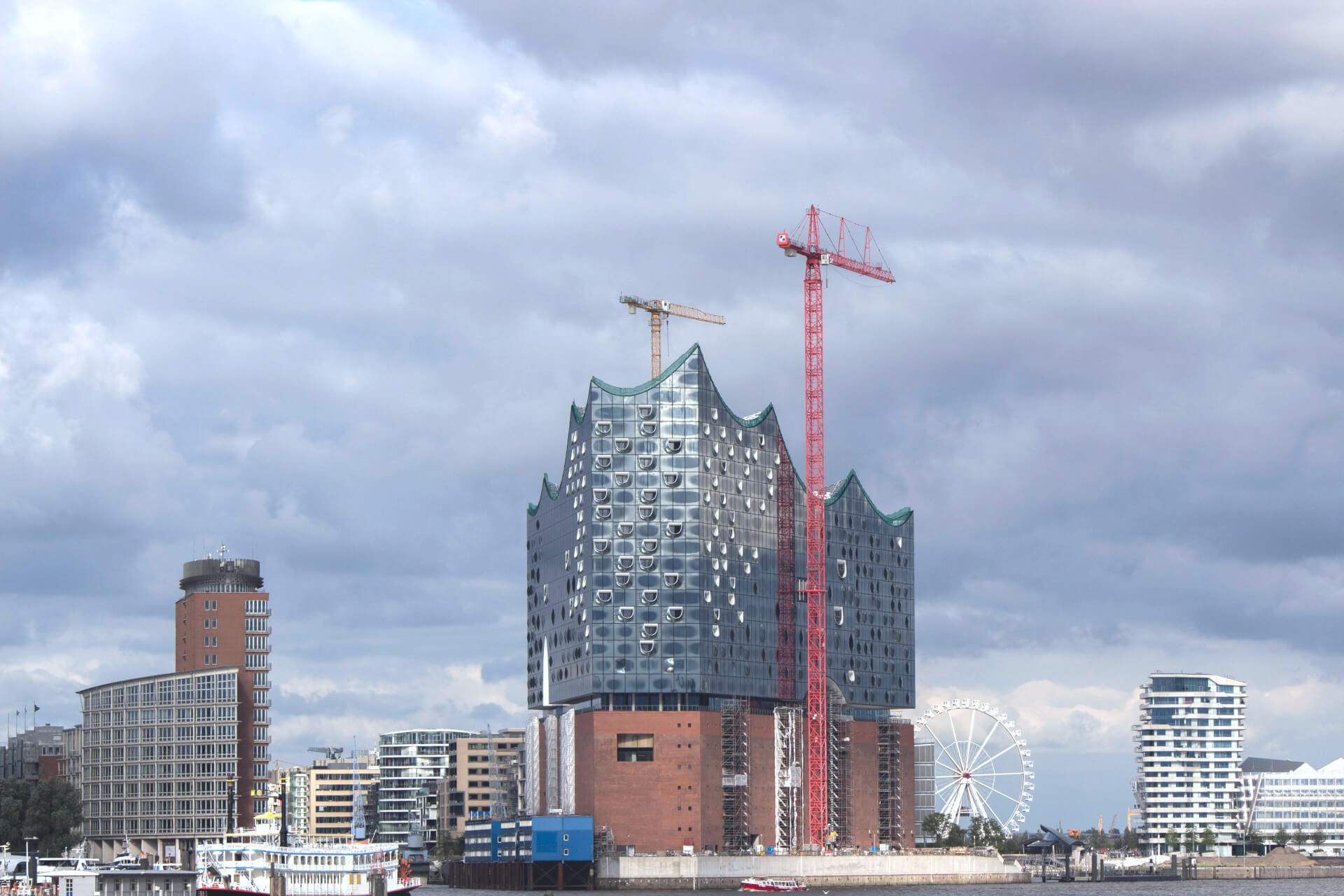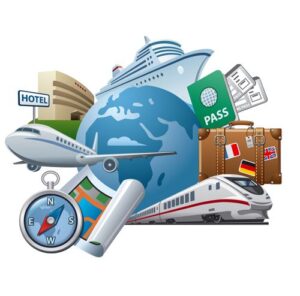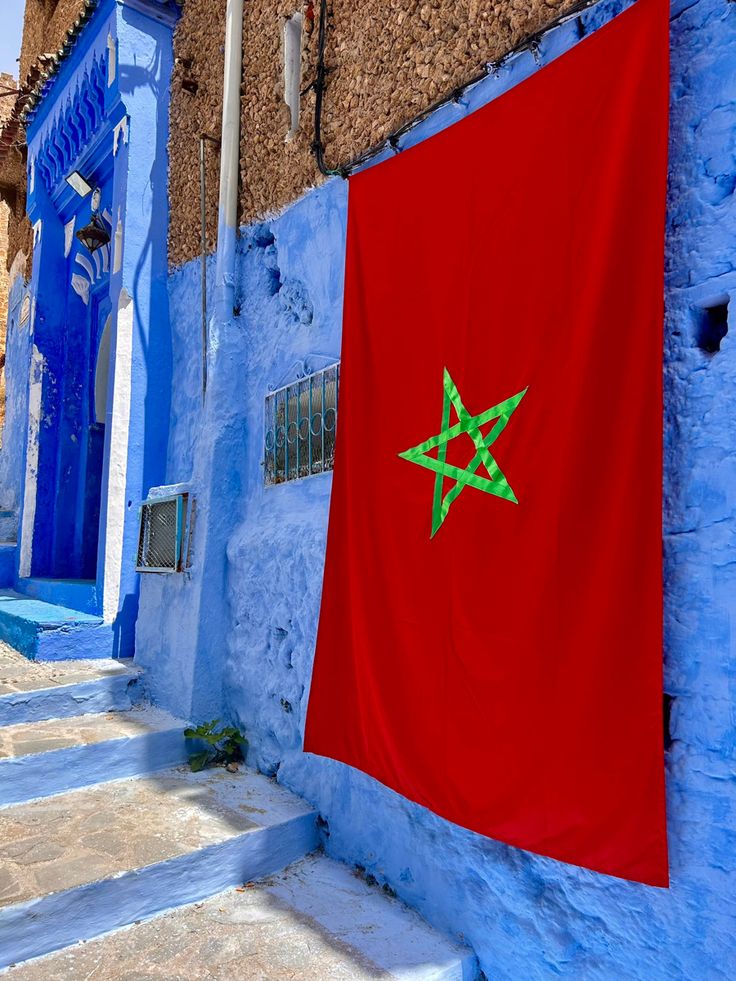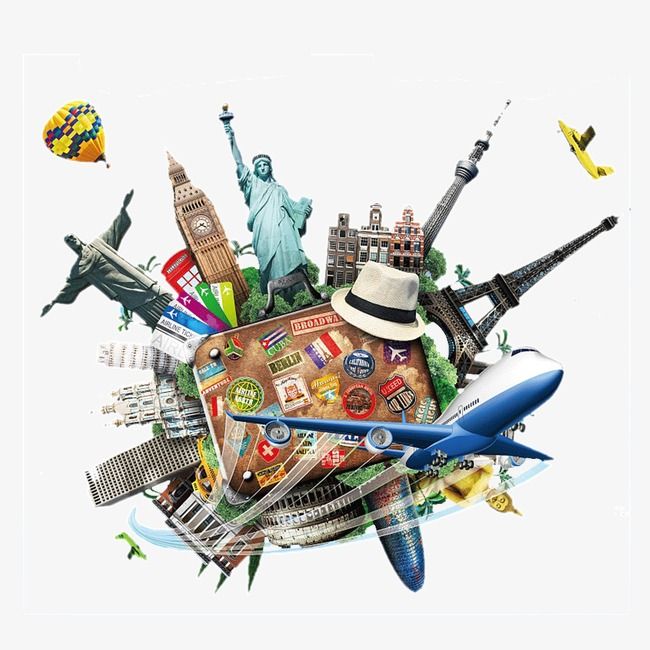Africa warns, with its endless resources and increasing population wealth, it no longer surprises anyone about the growth of this market at an astonishing rate. This appeal has led to the appearance of the continent’s new allies since the end of the Cold War and the end of bilateralism: the United States, China and Russia. The ancient “imperialism” looks suspiciously at these landings.
Oil-dominated Nigeria is looking for new allies to diversify its industry and become independent of oil, and there’s China that in a few years has become a strategic partner in Africa’s largest consumer market. Oil dominates the economy, but with China’s entry, the country has become a link in the global supply chain and manufacture of ubiquitous textiles in the United States.
Going down a little south of Nigeria, we meet Kenya. Despite its concern for security for neighbouring Somalia and the high level of youth unemployment, it has soon become East Africa’s main economy and is considered one of the continent’s leaders in innovation and entrepreneurship. He has earned a stamp of his own in entrepreneurship and innovation that has earned Nairobi the nickname Silicon Savannah. Kenya’s GDP has grown steadily over the past five years at a solid rate of 5-6% per annum, which is enough for China to establish the basis for technological support to Kenyan companies through bilateral agreements between the two countries.
On Kenya’s northern border we find a country that was never colonized, but has suffered decades of civil famine and war. In Ethiopia, the Chinese are very comfortable as the country is in an economic transition but does not emerge from government interference in the development of its business system, especially in capital controls and state monopoly over strategic sectors. Despite this,100 million inhabitants are an attractive market and for this reason, China established special economic zones and is investing in the strategic sectors to industrialize the Ethiopian economy. Ethiopia is now in a partial transition to a market economy, with strict capital controls and state monopolies over many sectors that are very reminiscent of China.
8000 km away from the Horn of Africa and 14 km from the southern border of Europe, we find Morocco which in a few years has become an important factor in the global manufacture of automobiles. It is already the second largest vehicle-producing country in Africa, although South Africa continues to lead the continent. It is a country to be very minded for its proximity and its ties with Europe, especially with Spain and France. The aeronautical industry is booming mainly in the special areas that Morocco has created throughout the country. Although the textile industry was the country’s hallmark during the 1990s, in recent years, new axes in economic strategy have led to diversification in its industry. Tax advantages, skilled labour and strategic status do not go unnoticed by anyone.
These four examples do not reflect the reality of Africa, but they do indicate the path the continent has chosen to awaken. What should not be overlooked is the travel companion that has the continent. That is why Europe needs to look south from another perspective by implementing a new model of cooperation based on the cultural, social and above all economic interests of the two continents.






